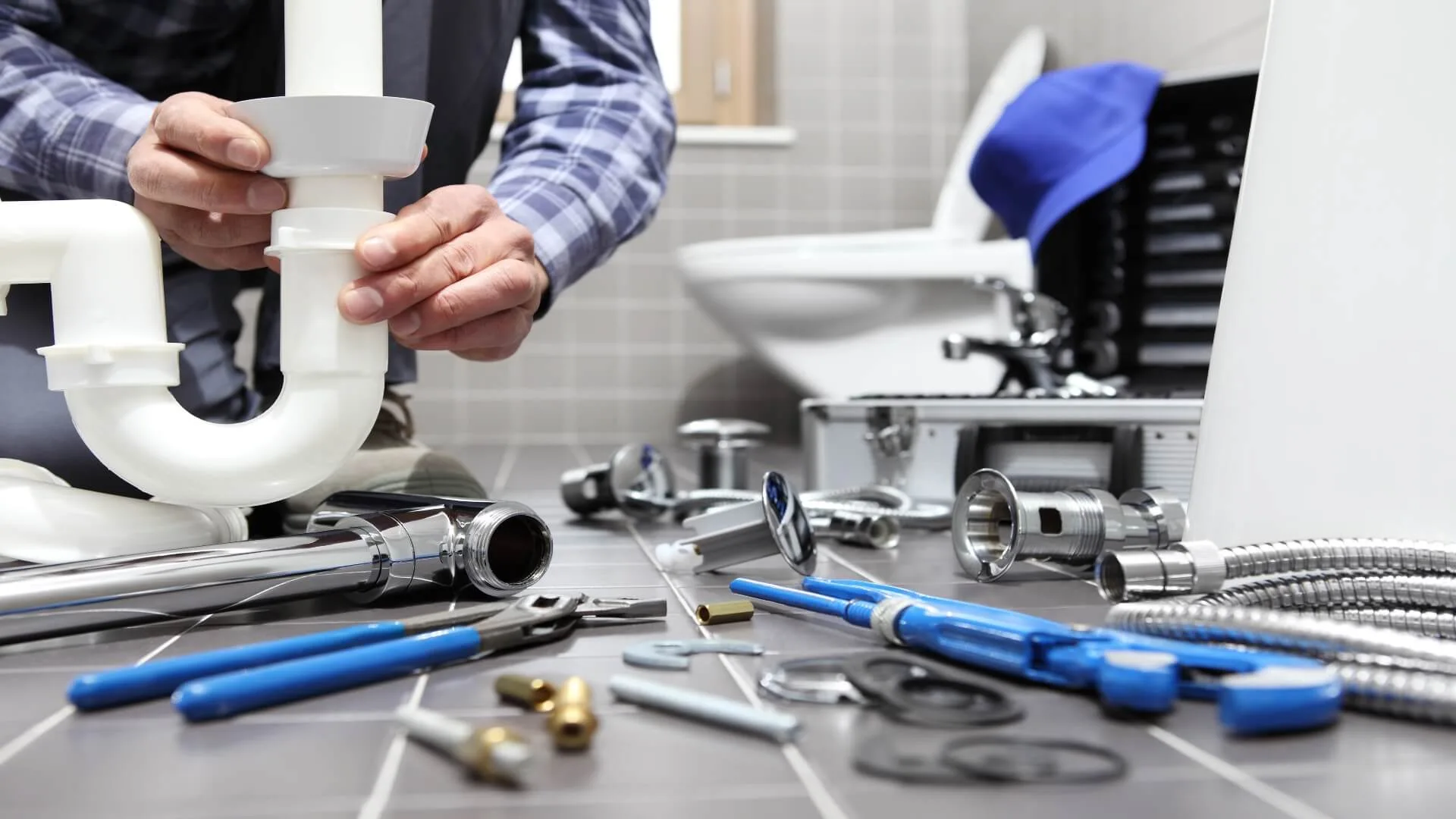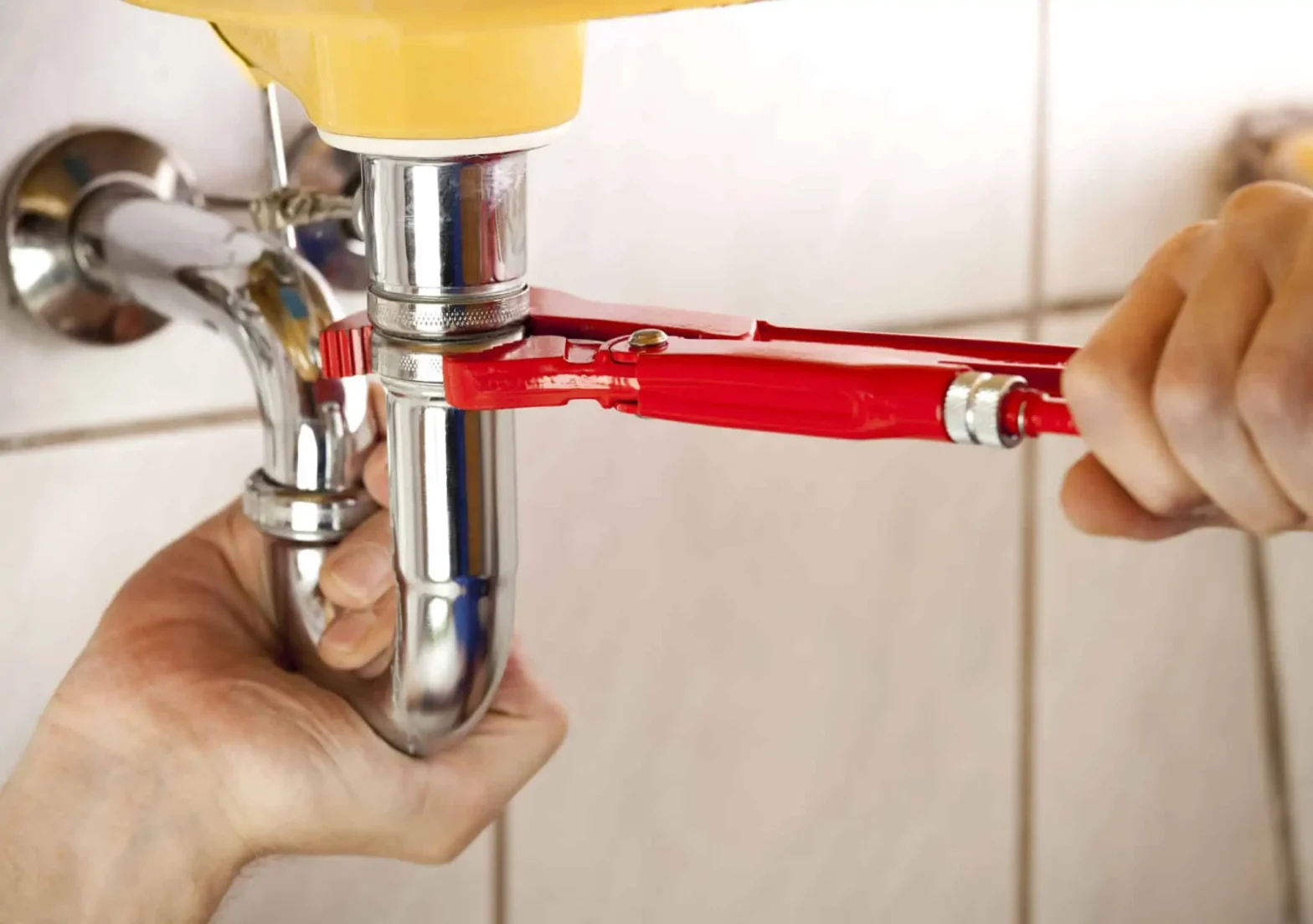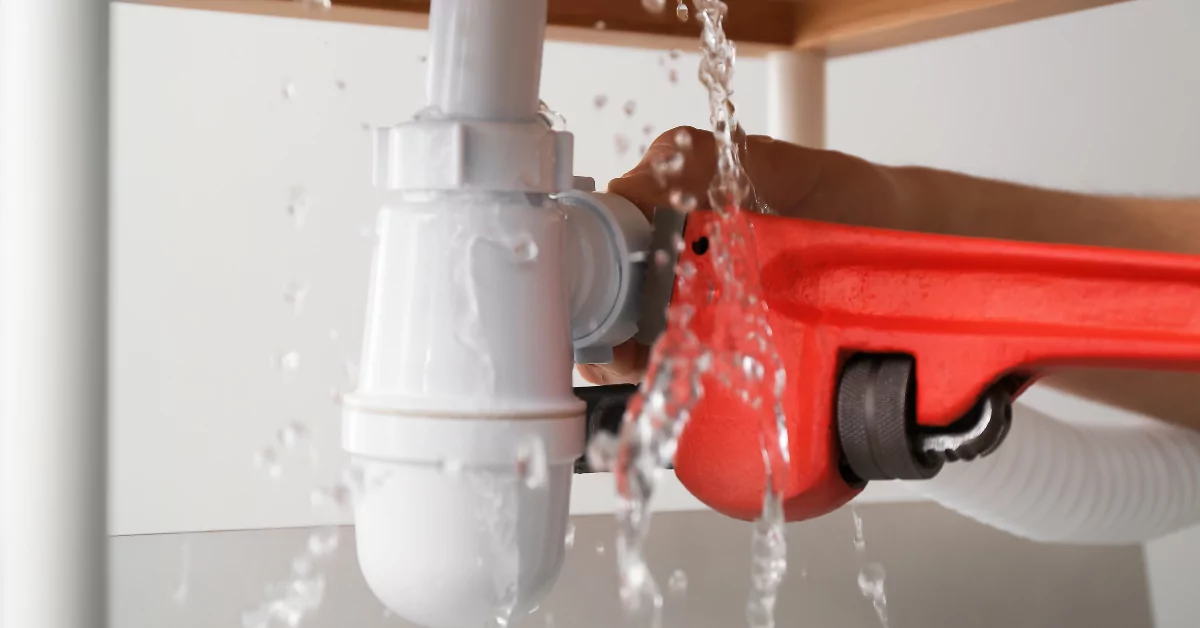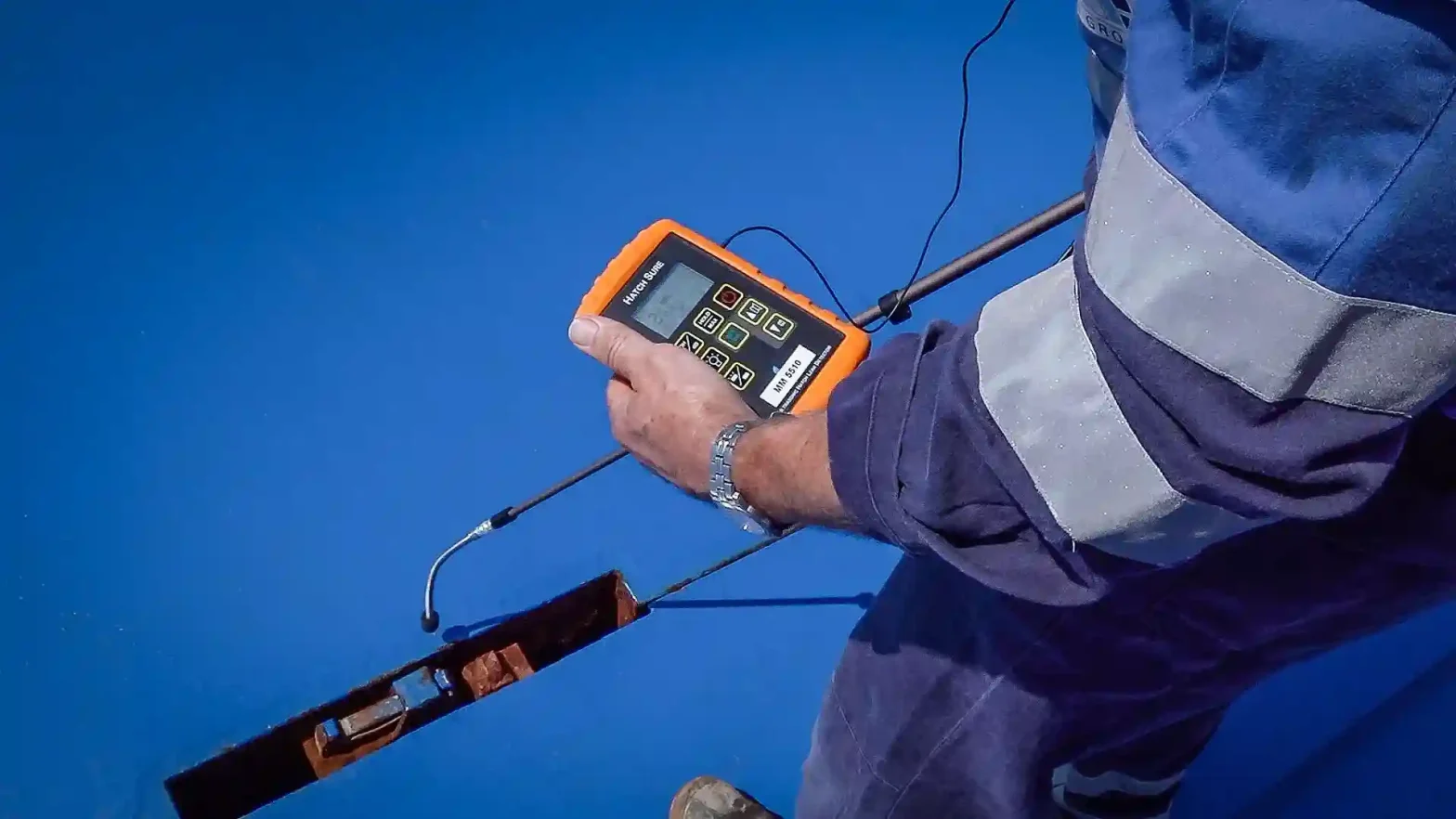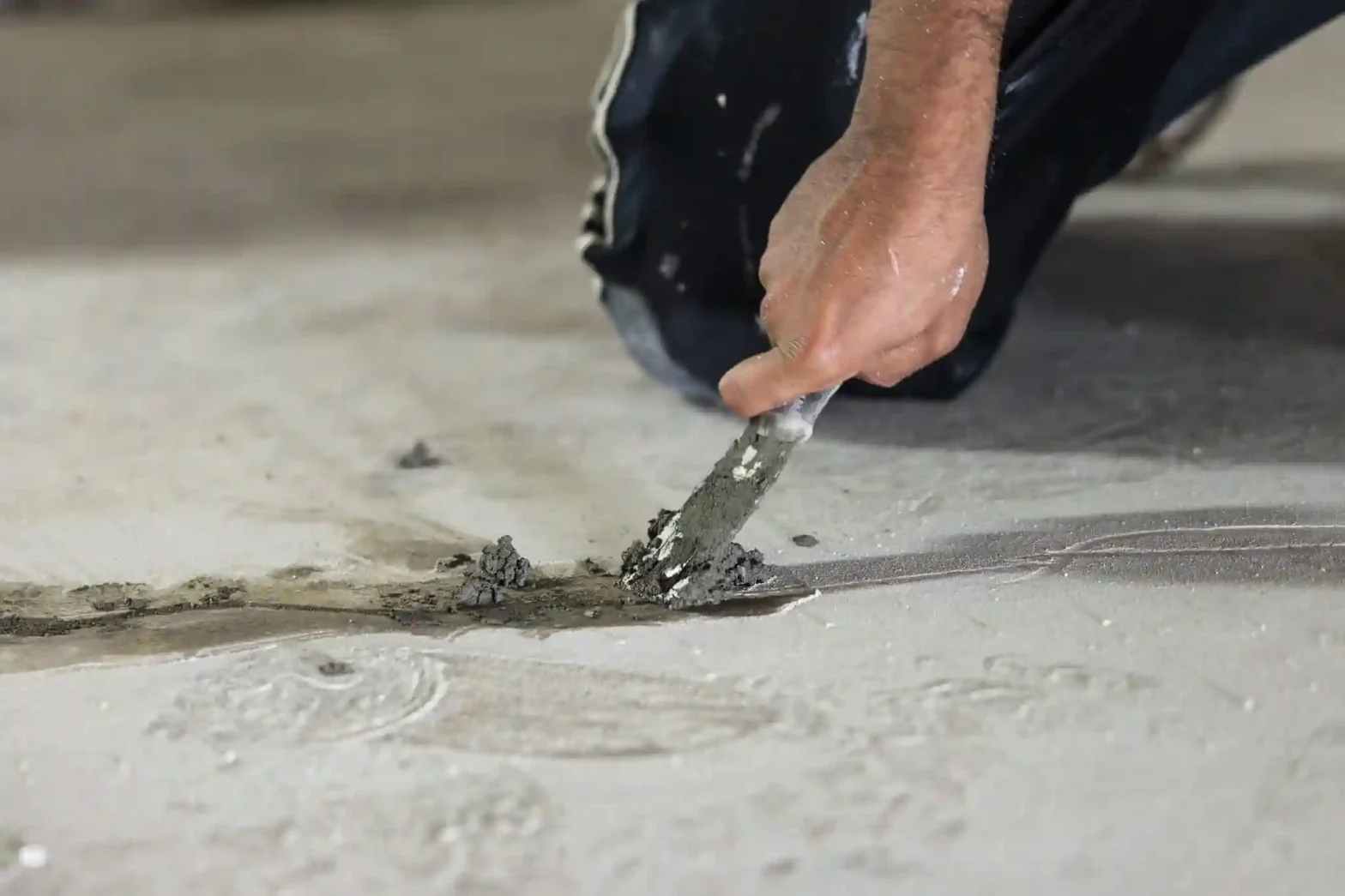From the First Drip to the Final Fix: What Happens When You Call a Plumber
A random drip under the sink can ruin a perfect day. One minute you hear a faint splash, the next you’re picturing soggy floors, moldy walls, and a repair bill that eats your savings. Before the panic takes over, remember this: calling a plumber is far less dramatic than most people imagine. Below is a step-by-step look at what actually happens, written in plain talk, so you know exactly what to expect from leak detection to repair.
Step 1: Scheduling Your Service Call
Getting help is as easy as reaching for your phone or clicking “Book Now” on the plumber’s website. Most reputable companies staff a live dispatcher 24/7 and reserve same-day slots for urgent leaks. When the coordinator answers, you’ll hear friendly, straightforward questions: Where do you see water? How long has it been dripping? Have you shut off the main valve? Don’t worry if you’re guessing, the goal is simply to gather clues so the technician arrives prepared with the correct fittings, gaskets, and detection gear. After noting your address and contact details, the dispatcher offers a choice of arrival windows, usually in two-hour blocks. Pick the timeframe that best fits your day, and you’re officially on the schedule.
Step 2: Friendly Arrival and High-Tech Inspection
The plumber rings the bell on schedule, slips on shoe covers to protect your floors, and asks you to point out every drip, stain, or strange sound you’ve noticed. If the source is obvious, such as a compression valve spraying beneath the kitchen sink, they’ll shut off that line and start planning the fix. Advanced detective tools are used when the leak hides behind drywall or under tile. These gadgets map the problem within minutes, saving your home from needless holes or costly guesswork.
Step 3: Plain-English Diagnosis and Options
Once the source is clear, the pro explains what went wrong and why it matters. You might see photos on a tablet or get a quick tour to point out corrosion, loose fittings, or a cracked pipe. Then comes the repair roadmap. A trustworthy plumber lays out at least two choices, say, a quick patch today or a full pipe swap that will last decades, along with honest details about how long each option takes, which materials will be used, and precisely what the work will cost upfront, in writing. This is your moment to ask anything; a reputable pro answers patiently before a single wrench turns.
Step 4: The Repair in Action
With your green light, the work begins. For most leaks, the whole job wraps up the same day. The plumber spreads drop cloths, moves any nearby items, and gets to work with professional-grade gear. They cut out bad sections, solder or glue new fittings, tighten connections, and test each joint as they go. If they must open drywall or flooring, they keep the cut as trim and tidy as possible. When the new part is in place, they turn the water back on and watch for even the tiniest bead of moisture. Only then do they pack up the tools.
Step 5: Cleanup and the Final Walk-Through
A professional plumber treats your home like their own. Once the fix is complete, drop cloths are folded, counters and floors get a quick wipe-down, and every stray fitting or scrap heads straight to the trash can. Fresh water flows through the repaired line while the tech runs a final pressure test, checks each valve, and watches for a single drip. Then comes a brief tour: they point out new parts, show before-and-after photos, and answer any lingering questions. Before the truck pulls away, you’ll receive a digital or printed receipt detailing labor, materials, warranty coverage, and a direct number to call if anything seems off.
Step 6: Ongoing Support and Peace of Mind
Quality plumbing companies stay in touch. They want the call if something feels off after the fix, perhaps an odd sound or a slight drip. Many outfits suggest simple ways to dodge future leaks, like annual inspections, pipe insulation, or replacing worn-out washers before they fail. Knowing the same friendly face can return if needed, which keeps stress low and confidence high.
Common Places Water Loves to Sneak Out
Leaks aren’t limited to one spot; they pop up wherever water flows. Plumbers repeatedly see the same troublemakers: dripping faucets that never entirely shut off, toilets running long after the flush, corroded water heater tanks sweating rust, and brittle supply lines feeding washing machines or fridge ice makers. One of the sneakiest culprits is a slab leak, a cracked pipe hidden beneath your concrete foundation. Catching early problems prevents bigger messes, higher bills, and costly repairs.
Why DIY Isn’t Always the Hero Move
A YouTube video might show a quick fix, yet hidden damage often lurks behind that obvious drip. Licensed plumbers bring years of training, specialized tools, and a practiced eye for problems you can’t see. Their work is insured, up to code, and most importantly, done right the first time. Spending a little now avoids spending a fortune if a DIY patch fails overnight.
Quick Recap and Your Next Step
A leaking pipe may feel like an emergency in the middle of the night, but the fix is usually simple once the right pro arrives. With one call and a few questions, a licensed technician can trace the source, explain your options in everyday language, and make the repair without turning your home into a work zone. Before you know it, the floors are dry, the water flows where it should, and your stress level has dropped to zero.
If you wake up to another mystery puddle, stay calm and pick up the phone. Call Cali’s Choice for fast, expert leak-detection service so you can move from “Oh no!” to “All set!” in a single visit.


